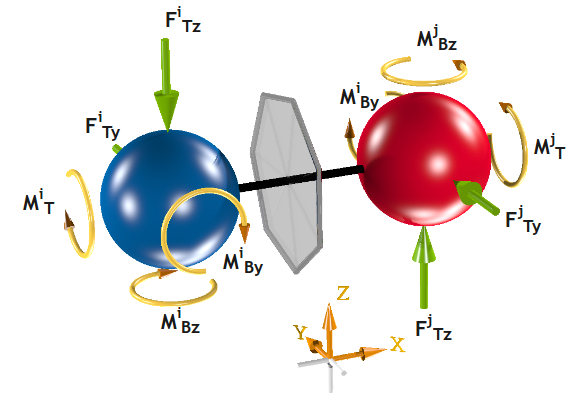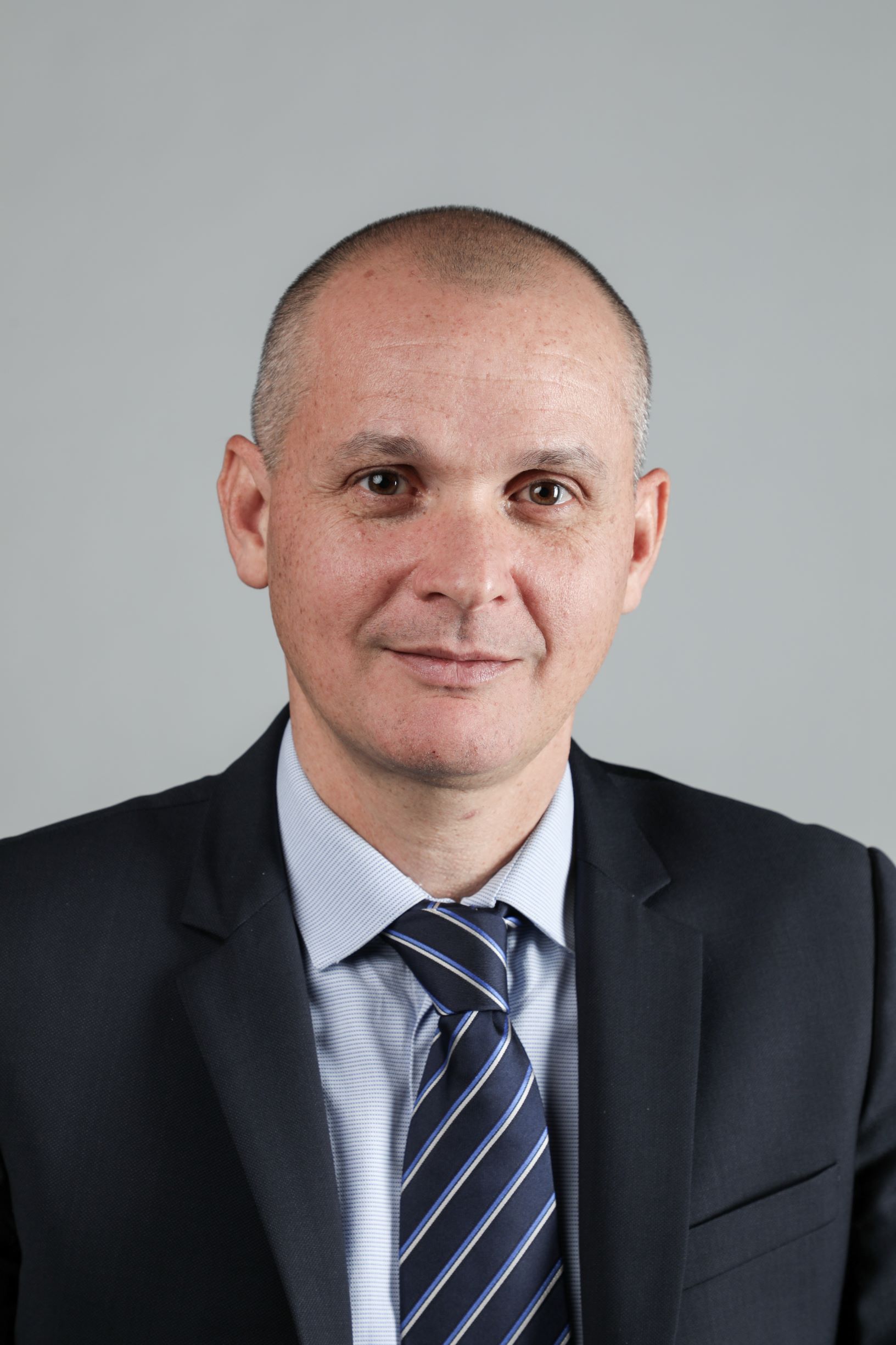The understanding of fracture mechanisms in heterogeneous materials is of paramount importance for the industry. Now, it is well established that the fracture properties of brittle heterogeneous materials such as rock, concrete and tough ceramics strongly depend on the microstructure and on the damage process of the material. It is also well known, in spite of strong differences in the materials, that the topography of fracture surfaces obtained in mode I are self-affine with an universal value of roughness.
The challenge is to model and explain the evolution of cracks during a mode I test via the numerical tools (see movie). Thereby, the purpose of our works is to analyse the scaling properties of mode I crack surfaces obtained from attice beam simulations in order to recover the experimentally results at the large scale. This numerical method has been developped by one of the pioneers [1] of numerical methods so as to reproduce the discrete nature of material failure in a natural way.

Figure1 :Representation of Timoshenko beam for the inter-sphere interactions. The section of a beam is computed from a facet of Voronoi diagram.
Using this numerical model that consists of particles connected by a network of Timoshenko beam elements (see figure 1), we simulate crack propagation into topological disorder of real microstructures [2]. Among other, we study the influence of the presence of macro-porosities and macro-aggregates on morphological characteristics like crack roughness and the surface roughness anisotropy.
Movie: A modelling of tensile test mode I test performed on a pre-notched cubical sample.
[1] A.P. Hrennikoff, Solution of problems of elasticity by the framework method, Journal of Applied Mechanics 8 (1941) 169–175.
[2] J.F. Jerier, C. Poinard, Y. Malécot, F. Gatuingt and J.F. Molinari, Dynamic fracture roughness in a concrete microstructure using lattice beam method, CECAM conference 16-19 May 2011 (Poster session)
